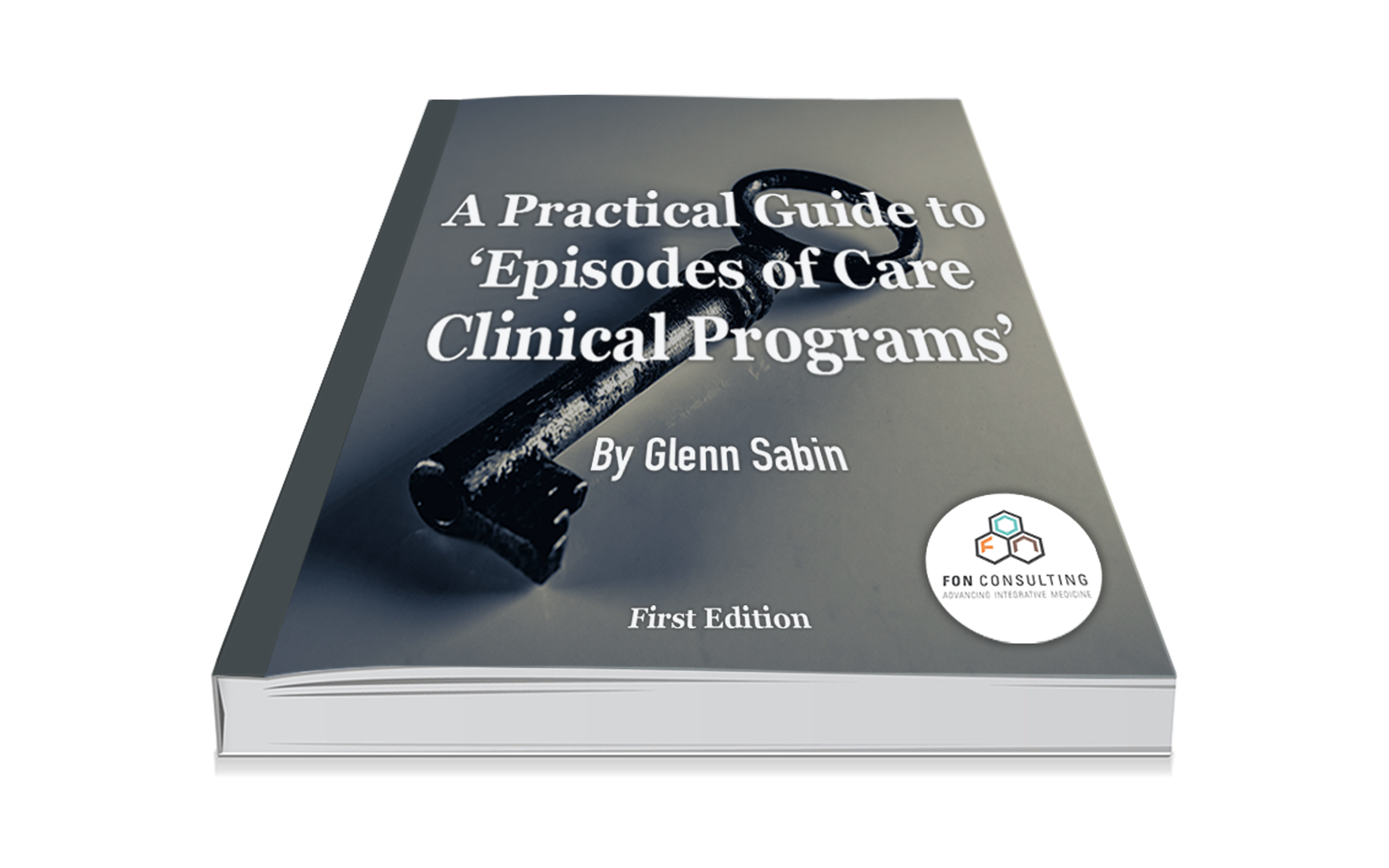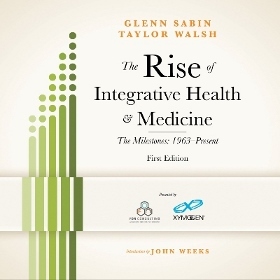Creating a Sustainable Blog Strategy for Your Integrative Center

This is the second post in a series of three.
Why Your Blog Strategy is So Important
How to maximize readership of your blog content
In my last post I discussed why it’s so important for providers of integrative medicine services to create a smart, sustainable blog strategy. Surprisingly, the majority of integrative centers today do not maintain a blog.
And those who do rarely have a proper, long term plan to maintain and develop a body of useful, “owned” content. Or they once had a blog—the idea sounded good at the time, posts were written and published, but then after fits and starts it just kind of fizzled. The most recent post for many centers date back months—even years! Does any of this sound familiar? Under which category do you fall? It’s time to either remove your blog altogether or re-engineer your approach. I’m pushing for the latter.
“Maintaining a Blog Seemed Easy and Exciting at the Time, But….”
The process of consistently creating quality, informative content around your brand (center or clinic) is not easy. However, maintaining a quality long-term program doesn’t need to be difficult if you follow these basic guidelines:
One Manager Only
You need to assign one person to take lead of your blog program. This person will ultimately be responsible for assignments, deadlines, internal communications, editing, image collection and post uploads. If you have more than one leader heading the initiative, it will quickly become unwieldy and unsustainable.
Getting Buy-In From Your Team
Whether you previously had a blog that has since been abandoned, are maintaining a spotty, lackluster effort today—or just now getting around to launching your new blog—you need buy-in from your team. Get your group of practitioners together and clearly explain the importance and benefits of establishing an effective blog presence. Emphasize the importance of establishing thought leadership to positively influence current and prospective customers.
Identify Your Team’s Individual Strengths
Review the list of integrative modalities offered by your center and the mix of practitioners fulfilling these services. Ask each team member to commit to writing two consumer-oriented posts per month, approximately 350-600 words in length, on topics around their area(s) of interest and expertise.
Blog Topics
The topics for your posts are virtually endless. Do you provide integrative services around, say, primary care, oncology, pain management, naturopathy or women’s health—and offer dietician/nutritionist consults, supplementation, massage, acupuncture, mindfulness-based stress reduction techniques? Have each contributor (practitioner) start their own list of topics. Flesh out each list as a group and offer feedback to help shape the most viable ideas.
Create an Editorial/Production Schedule
This task is crucial and fundamentally helpful. Create a simple spreadsheet that captures your contributing authors’ names, assignments, word counts, text deadlines, image deadlines, publication dates and any special notes. Make the spreadsheet available on the company server, DropBox, Google Docs or otherwise for all authors to view in real time. Give editing permissions to your team if you want them to provide direct input. Or, ask for ideas to be sent directly to the blog manager who’ll subsequently approve and enter. There is no right or wrong way; do whatever works best to keep everyone in your organization on the same page.
Frequency Matters
If you have ample blog contributors on your team, you might easily be able to publish 3-5 quality posts per week, ideally several across a few different subject matters.
KISS—Keep it Simple Stupid Silly
The following proven rules will streamline the writing process and increase reader engagement:
- When writing, turn off email client and all social media windows … so you can actually focus on writing! Use strong titles— it’s the doorway to readership. Keep your titles under 75 characters. If your title stinks, the post will not be read! Numbers are good, i.e., “5 Ways to Improve Your Conditioning;” “10 Must-Have Super foods”, “8 Ways to Lower Your Inflammation Load.” Integrative health topics can be endless so choose blog subjects reflecting your specialty areas. This tactic has been used successfully for decades to increase newsstand magazines sales. Write the title first; then deliver on its promise. Create SEO-friendly titles by including strong keywords.
- Keep posts under 650 words—brevity rules! Use short paragraphs, short sentences and simple words.
- Always use at least one powerful visual image—stay away from boring and predictable images and kitsch! Invest a few dollars for each post and use quality images. I use istockphotos.com.
- Post 1-2x week (consistency and frequency make a big difference for SEO; post as often as you can).
- Maintain list of blog concepts/ideas—use a content calendar/production schedule.
- Create an outline (based on writing frame; see #14!).
- Write (right brain). Do not simultaneously edit (left brain)!
- Complete the draft.
- Next edit and format—shorten everywhere you can.
- Add hyperlinks (to outside sources and to pages on your own site) and metadata (description, keywords, tags, category(ies).
- Read through silently twice; then read aloud once.
- Proofreader(s) review if available!
- Search engine optimization—if you use WordPress, publish a draft with a timed release, use WP admin panel, run through the Scribe plugin to analyze the content. Then incorporate provided suggestions for optimizing content, making the post more SEO friendly; Scribe target score: 100 (If you don’t use WordPress and are just starting to create fluid content like a blog, then use SEO tools available based on your website program and content management system.)
- Ready to begin? Use a writing frame:
- Strong title—write your titles, headlines, sub-headers and copy with search engine optimization in mind. Make sure to tag appropriate keywords.
- Lead paragraph (short premise)
- Personal experience (personal storytelling rules, but must always function as a doorway to serving readers’ needs)
- Main body—numbered points, bullets or both; bold interesting points or sentences
- Break up with subheads to keep reader attention and move them through your content
- Conclude with a question to encourage engagement and comments (as long as you have the time to monitor the responses and respond accordingly, I recommend turning on the comments field). Even if you are not a prolific scribe, don’t worry. Following these rules will help keep your blog post writing focused. Posts of this size, say 350—650 words, can be researched, written, edited and formatted in less than 75 minutes. It will take some time to get there. You just need to get started.
- Consider using a solid writing frame like this one from Chris Brogan.
A couple more important tidbits:
Stay On Topic
Three of the most common mistakes with blog posts are that they’re too long, dense, and stray off topic. You may be able to follow your own writing perfectly well, but, if your transitions are not smooth, you will lose the reader’s interest. Writing two separate posts are usually better than conflating two themes into one. Follow? If so, I’ve kept your attention thus far by employing the same tactics and avoiding the pitfalls I’ve written about in this section of the e-Book!
Do Not Edit Your Own Writing
If you wrote it, you should not edit it. You are too close to the trees. If possible, get another set of eyes across your copy. Depending on your organization’s size or capacity, perhaps there are internal marketing and communications resources. Or maybe the blog manager herself or an outside resource is the best match for your editing needs.
My last couple posts have explained why having a blog is important for integrative practices and how to go about setting up of an effective, long-term blog content strategy. Next up: how to maximize traffic to your blog and distribute your original content more widely.
About FON
FON is a leading integrative health and medicine business development and strategy consulting firm. FON specializes in custom solutions for growing patient volume, developing programs, and increasing product sales. Our practical business models are driven by innovative marketing, clear messaging, and customer engagement via branded storytelling.
Contact us today to schedule a complimentary 30-minute consultation to discuss your business development or personal brand needs.

Read Glenn’s story.





















